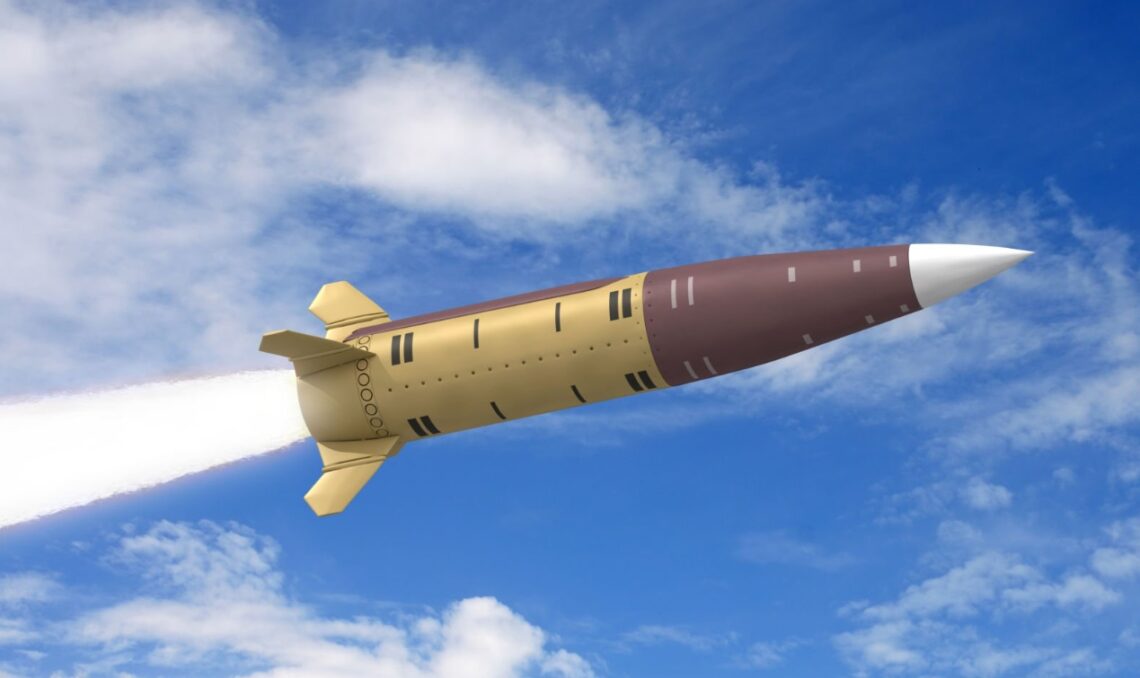Ukraine will be able to attack Russian airbases, ammunition depots and other military targets that threaten its territory if there is a change in Western policy on the use of long-range missiles.
The Ukrainian military wants to be able to take out the Russian bomber fleets that drop airborne “glide bombs” – relatively cheap, refurbished bombs with guidance systems – on Ukrainian targets with devastating effect. They are capable of dropping the bombs tens of kilometres behind the front lines.
Many support the West giving Kiev such an opportunity to defend itself from the attacking party. But of course the Kremlin will see this as Western interference in a local conflict. After all, it is NATO and the EU that have supplied most of the weapons that are killing Russian soldiers and also some civilians.
You don’t have to sympathise with Putin to see the problem: Nobody wants this proxy war to develop into a real war between NATO and Russia, which has thousands of nuclear warheads ready for use.
If Ukraine could suddenly use such weapons deep inside Russia, it would force Moscow to move its planes further back, which would mean the planes would need more fuel to reach the front line. That, in turn, could limit the number of sorties Russia’s air force can carry out, writes defence editor Larisa Brown in The Times.
Ukraine, of course, wants to be authorised to use its weapons as it sees fit.
“It [a change in policy] will enable us to prevent Russian attacks and provide the necessary deterrence. This is about getting closer to the end of the war,” says a Ukrainian military source.
The UK has provided Ukraine with a limited stockpile of Storm Shadow missiles, which have a range of around 250 kilometres, tripling the range of the missiles Ukraine has used until now. The Storm Shadow missiles are particularly useful for attacks on bunkers.
The US has provided Ukraine with the longest-range version of the Army Tactical Missile System (ATACMS), a ballistic missile with a range of up to 300 kilometres. But the US refuses to allow Kiev to use these weapons for fear of escalation.
Russia, however, has no such restrictions. Last week, Moscow received a shipment of more than 200 Fath-360 short-range ballistic missiles from Iran, with a range of up to 120 kilometres, enabling Russia to strike targets further inside Ukraine.
This delivery may have helped change America’s attitude towards its policy. At least that’s what British Foreign Secretary David Lammy thinks (or hopes?).
US may allow Ukraine to fire missiles into Russia “within weeks”
Allowing Ukraine to use long-range weapons inside Russia is unlikely to completely change the course of the war, partly because the Ukrainians are unlikely to have a large number of such weapons. Germany, which has around 300 operational long-range Taurus missiles similar to Storm Shadow, has refused to hand them over to Ukraine for fear of escalation.
This is also the position of US Defence Secretary Lloyd Austin.
After a meeting of the so-called Ramstein Group last week, Austin emphasised to the press that there is no specific weapon that will turn the tide of war for the Ukrainians.
He pointed out that Russia has moved its glide bombs beyond the range of its ATACMS missiles, while Ukraine has significant capacity to carry out attacks against targets beyond the range of the British Storm Shadow cruise missiles. (NTB-Reuters 6 Sept)
The biggest danger in changing the Western stance on long-range weapons is Russian retaliation and the fear that President Putin may use tactical nuclear weapons in Ukraine, which is considered a red line for NATO. It is unclear what NATO would do in such a situation, although the risk of a third world war would obviously be much greater if nuclear weapons were used.
But the Kremlin also knows this, so personally I think it seems far-fetched to believe that Russia will use nuclear weapons without experiencing a real and existential threat at home. Russia has a number of other options for responding to missiles launched on Russian soil. While none of these options are particularly pleasant for the Ukrainian civilian population, they are not enough to start a third world war.
This assumes, however, that Western politicians don’t actually want a third world war to wipe out Russia once and for all. One can only hope that political leaders in the West have not yet crossed the threshold of such total insanity.


